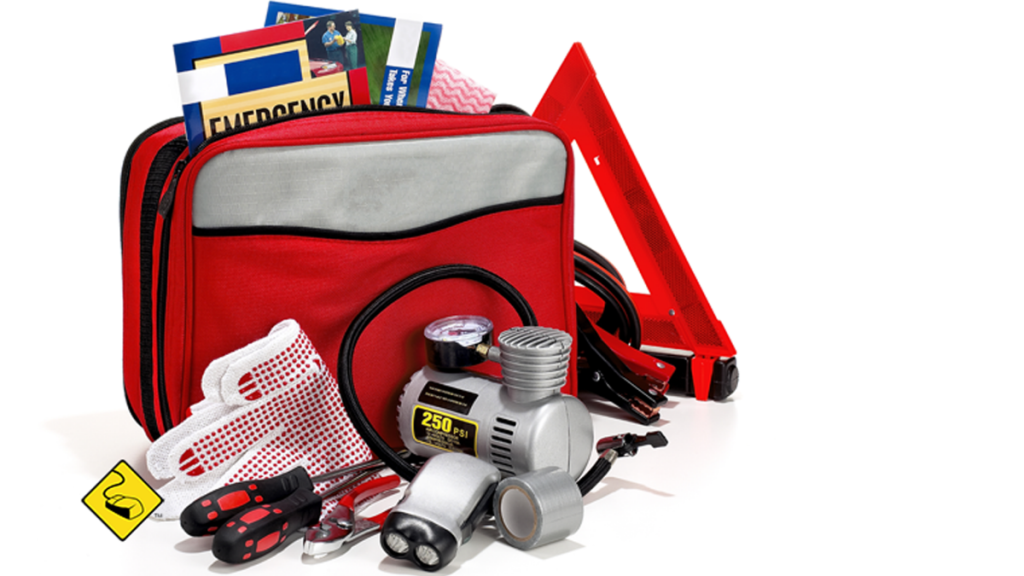Emergencies have a habit of occurring when we least expect them to. The best way to deal with them is to be prepared for them. While many of us keep emergency kits at home, we often neglect our cars.
Whether you are mostly driving within your city, or planning an extended road trip, use these tips to build a car emergency kit, which will be useful in most emergency scenarios while you are on the road.
Cover the Basics First
It’s natural to prepare for bigger emergencies, but chances are that you are more likely to encounter one that is minor. So, be ready for things such as getting stuck in the snow or catching a flat tire. One of the first things to stock in your car emergency kit is basic tools and equipment like a properly inflated spare tire, jumper cables, a flashlight (at least one), a compass, a car jack, a phone charger, and reflective triangles. Every six months, check the air pressure in your spare tire, the batteries in your flashlights, and your spare phone charger. You don’t want to discover you have a flat spare tire, a dead light source, or a malfunctioning charger when you need them most.
Stock Emergency Water
One of the most vital emergency and survival supplies is water. Add fresh drinking water to your car emergency kit by filling a single-walled, stainless steel water bottle. The reason to rely on durable water bottles instead of plastic bottles is plastic water bottles may rupture or puncture.
In case you exhaust your emergency water supply, stock your kit with a water filtration system. Water from a stream or river may look clean, but it could contain microscopic bacteria. With water purification and filtration supplies in your emergency kit, you can drink water from a natural source without worry. The last thing you want in an emergency is to contract an avoidable illness.
Prepare for Escape and Rescue
Of course, you want to have all the tools and equipment you need to survive an emergency, but your kit also needs supplies to help with escape and rescue. You could become stuck on a mountain road during a blizzard or have your car stall on a barren stretch of road. By adding an emergency car tool and charger to your kit, you have a multi-use tool to help you out of a tight spot. Invest in a tool with features like a seat belt cutter, flashing red beacon, glass breaker, car charger, and portable power bank.
Another useful escape-and-rescue tool is a rescue mirror. You can use it to reflect sunlight and alert aircraft flying overhead or rescuers from several miles away.
Pack Medical Supplies
No car emergency kit’s complete without basic medical supplies like bandages, gauze, antibacterial ointment, adhesive tape, and painkillers. If you have young children, stock infant and child pain relievers in your kit along with infant sunscreen, prescriptions, baby wipes, and a medicine cup.
Include Survival Supplies
An emergency may leave you stranded for a few days, which is why survival supplies are a must. Survival multitools have useful features like spring-action scissors, pliers, replaceable wire cutters, a bottle opener, and a screwdriver. Adding a small radio to your kit helps you stay on top of the weather in case you get stuck in a snowstorm or flood. Outside of weather emergencies, having a survival radio helps you know which roads to take and which to avoid and which direction to move in.
You may rely on electronics to survive a disaster, which means you need a reliable power source. Solar chargers and battery packs let you charge your electronics by exposing the charger to the sun. Depending on how many electronic devices you include in your emergency kit, you may need a solar charger that lets you power multiple devices simultaneously.
Even if you never use your car emergency kit, knowing you have a well-stocked one could bring you peace of mind. Let the next emergency kit you assemble be the last one you need.

